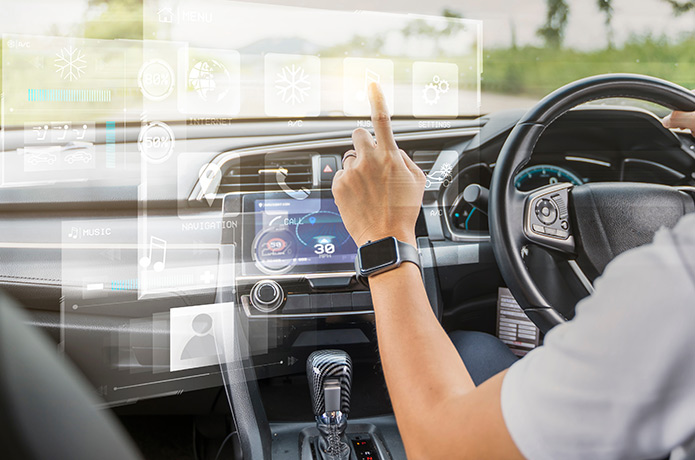Magazine
Should you have concerns about the advanced driver assistance systems (ADAS) in your car?
- Survey reveals disinterest in ADAS
- Does ADAS work?
- What is your responsibility?
For reference, ADAS encompasses driver aids like windscreen wipers and headlights that come on automatically when it rains or as the light fades, ‘awareness’ functions like lane departure warning and blind spot detection, as well as ‘intervention’ features such as adaptive cruise control, autonomous emergency braking and parking assistance.
For reference, ADAS encompasses driver aids like windscreen wipers and headlights that come on automatically when it rains or as the light fades, ‘awareness’ functions like lane departure warning and blind spot detection, as well as ‘intervention’ features such as adaptive cruise control, autonomous emergency braking and parking assistance.
Survey reveals disinterest in ADAS
Over the last five years, awareness of ADAS has grown significantly, but a study in the United Kingdom by DeepSafe (part of CCAV’s Commercialising CAM Supply Chain Competition, funded by the Centre for Connected and Autonomous Vehicles, a joint unit set up between the Department for Business and Trade and the Department of Transport) and reported on the dg:cities website, has found that although 88% of road traffic accidents in the UK are caused by human error, many drivers still don’t fully use their vehicle’s ADAS equipment.
The study revealed that only 37% of the respondents chose road safety when they were asked to select their top two priorities for the UK transport system.
In 2024, the UK Government established the following safety benchmark for automated vehicles (AVs): in order to be allowed to operate on UK roads, AVs should achieve an equivalent level of safety to a ‘competent and careful human driver’. Aside from the inherent ambiguity of this concept, the research suggests that public support will require AVs to not only meet, but exceed this benchmark.
Presented with an AV that is slightly less safe than a competent and careful human driver, a negligible 3.7% of the respondents indicated their willingness to use it; however, once the AV in question is as safe as a competent and careful human driver or slightly safer, this proportion jumps to 36.8% and 56.5%, respectively. Only once the AV is much safer than a competent and careful human driver do three out of four respondents report their willingness to use it.
Similarly a second survey study from February 2025 revealed that the portion of respondents who would support the widespread introduction of AVs on the UK's roads almost doubles when AVs promise a 10% reduction in the number of killed or seriously injured, compared to no change – so safety gains over human drivers are not only a prerequisite for acceptance, but also an effective tool to boost public support of AVs.
Does ADAS work?
In short, yes. However, the majority of the safety related ADAS functions rely on built in cameras, radars, or a combination of both, to relay information – such as the distance from other vehicles, lane markings and road signs – to a series of sensors. This data, as well as external satellite GPS coordinates, is processed by the electronic control units within the vehicle, to make the warnings or interventions that correspond to the individual ADAS function: adaptive cruise control, autonomous emergency breaking, automotive night vision etc.
So, to ensure the ADAS functions operate accurately, the cameras and radars must be correctly calibrated.
What is your responsibility?
It is not unreasonable to suggest that the findings in the UK study are likely to be reflected across Europe, which means that our previous statement that although the purpose of many ADAS developments is to enable vehicle manufacturers to produce fully AVs, it is unlikely that they will be seen on the roads in significant numbers anytime soon, remains the case.
However, as most cars now have ADAS equipment as standard, irrespective of whether you fully use it, it is still important for you to make sure it is functioning correctly and that means you must have your car serviced regularly, by a professional, with the necessary equipment to do so.

